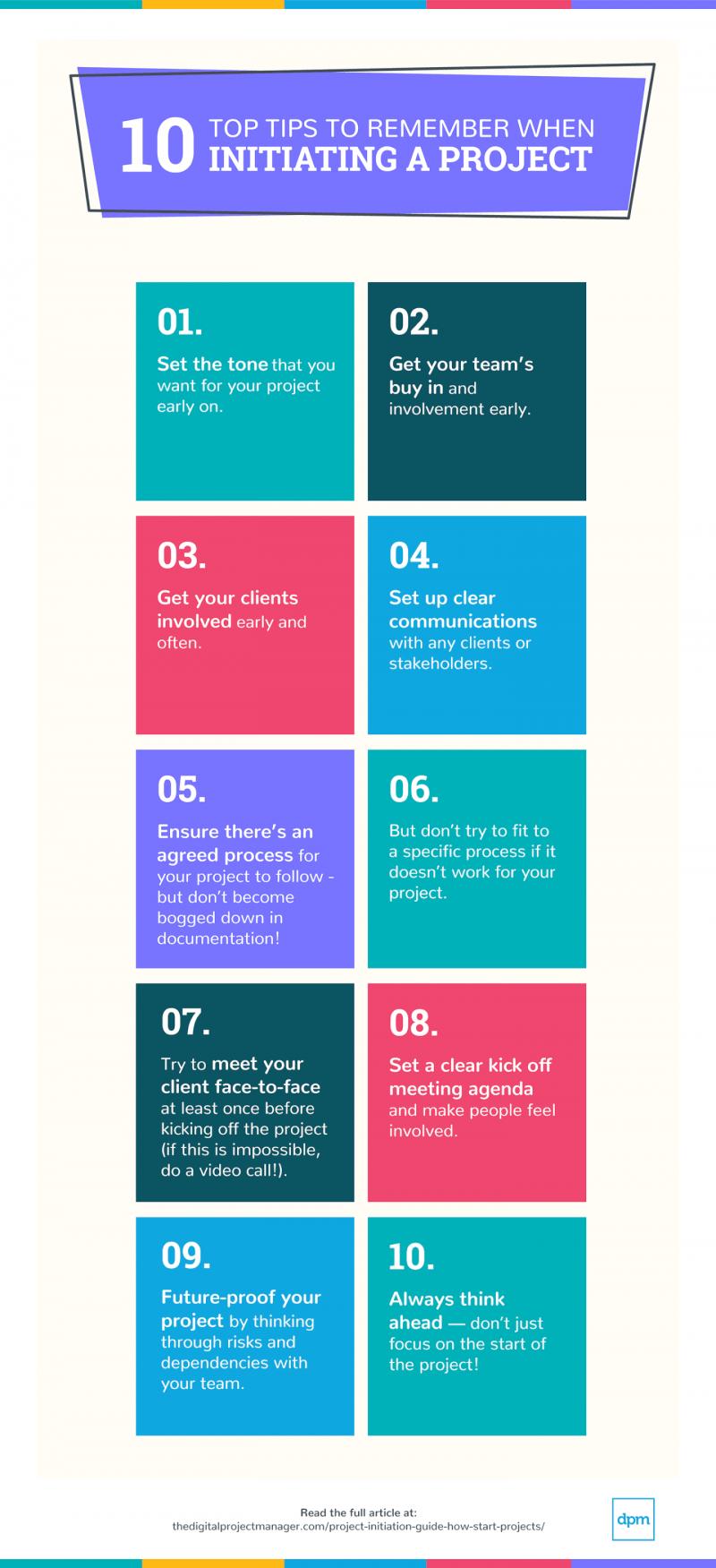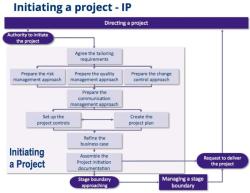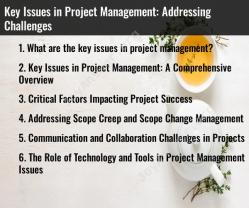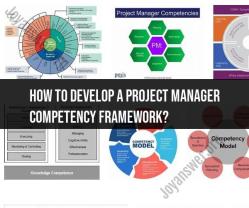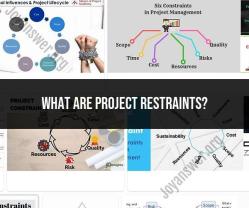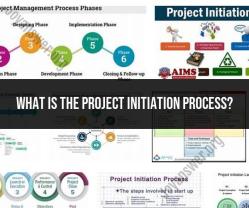What are the steps to starting a project?
Starting a project successfully involves a series of essential steps that help lay the groundwork for the entire project lifecycle. Here are the key steps to follow during the project startup phase:
Project Definition:
- Clearly define the project, including its objectives, goals, and deliverables.
- Identify the project's stakeholders and understand their needs.
Feasibility Analysis:
- Assess the feasibility of the project by considering technical, financial, operational, and scheduling factors.
- Identify potential risks and challenges that may impact the project's success.
Project Charter:
- Develop a project charter that outlines the project's purpose, objectives, scope, and key stakeholders.
- Obtain approval and commitment from key stakeholders.
Project Team Formation:
- Assemble a project team with the necessary skills and expertise.
- Define roles and responsibilities for each team member.
- Establish clear communication channels within the team.
Kickoff Meeting:
- Conduct a kickoff meeting to introduce the project to the team.
- Review the project charter, objectives, and scope.
- Discuss roles, responsibilities, and expectations.
Communication Plan:
- Develop a communication plan that outlines how information will be shared among team members and stakeholders.
- Identify key communication channels, reporting structures, and escalation paths.
Risk Management:
- Conduct a thorough risk assessment to identify potential risks and uncertainties.
- Develop a risk management plan that includes risk mitigation and contingency strategies.
Project Planning:
- Develop a detailed project plan that includes tasks, timelines, milestones, dependencies, and resource requirements.
- Utilize project management tools to help organize and visualize the project plan.
Budgeting:
- Establish a project budget that includes all relevant costs, such as labor, materials, equipment, and overhead.
- Monitor and manage the budget throughout the project.
Quality Management:
- Define quality standards and metrics for project deliverables.
- Establish a process for quality assurance and quality control.
Procurement Planning:
- Identify the need for external resources, goods, or services.
- Develop a procurement plan that outlines the procurement process and vendor selection criteria.
Monitoring and Control Mechanisms:
- Implement systems for monitoring project progress, including regular status reports and updates.
- Establish control mechanisms to address deviations from the project plan.
Documentation:
- Establish a robust documentation system to capture project information, decisions, and changes.
- Ensure that project documentation is accessible to relevant team members.
Stakeholder Engagement:
- Develop strategies for engaging and managing relationships with project stakeholders.
- Keep stakeholders informed and involved throughout the project lifecycle.
Approvals and Sign-offs:
- Obtain necessary approvals and sign-offs for the project plan, budget, and other key documents.
- Ensure alignment with stakeholders on project goals and expectations.
By following these essential steps during the project startup phase, you can set the stage for a well-organized, well-communicated, and well-managed project that is more likely to achieve its objectives successfully.
What initial steps are crucial when starting a project?
When starting a project, several crucial initial steps are essential for setting a strong foundation for success. Here are some of the most important:
1. Define the Project Need and Goals:
- Identify the problem or opportunity the project aims to address.
- Clearly articulate the project's goals and desired outcomes.
- Ensure the project aligns with organizational goals and strategic objectives.
2. Conduct a Feasibility Study:
- Assess the project's viability based on resources, budget, timeline, and potential risks.
- Identify potential obstacles and develop mitigation strategies.
- Evaluate the project's potential benefits and return on investment.
3. Develop a Business Case:
- Justify the project's need and gain stakeholder buy-in.
- Outline the project's objectives, scope, budget, timeline, and potential risks and rewards.
- Clearly demonstrate the project's value and its positive impact on the organization.
4. Establish Clear Scope and Boundaries:
- Clearly define the project's deliverables and what falls within and outside its scope.
- Minimize scope creep by managing expectations and communicating changes effectively.
- Focus on delivering the core project objectives without unnecessary diversions.
5. Identify and Empower Stakeholders:
- Identify all individuals and groups impacted by or interested in the project.
- Engage stakeholders early and actively throughout the project lifecycle.
- Clearly communicate project updates and address their concerns proactively.
6. Formulate a Project Team and Define Roles:
- Assemble a team with the necessary skills and expertise to execute the project.
- Clearly define roles, responsibilities, and reporting structures within the team.
- Foster collaboration and communication among team members.
7. Develop a Project Plan and Schedule:
- Create a comprehensive plan outlining key project phases, tasks, milestones, and deadlines.
- Estimate and allocate resources efficiently to ensure project completion within budget.
- Identify potential risks and develop contingency plans to address them.
8. Establish Communication and Reporting Procedures:
- Define clear communication channels for stakeholders and team members.
- Schedule regular meetings and reports to track progress and address issues.
- Ensure transparency and information accessibility for all parties involved.
9. Secure Approvals and Launch the Project:
- Obtain formal approval from key stakeholders to officially start the project.
- Communicate the project launch to all relevant individuals and teams.
- Celebrate the project initiation and motivate team members towards success.
These initial steps are fundamental for setting the direction, securing resources, and managing expectations for a successful project. By focusing on these key aspects at the outset, you can significantly increase your chances of achieving your project goals and objectives.
